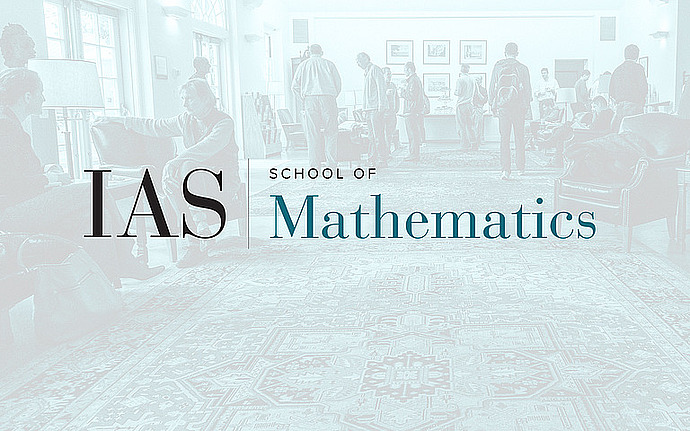
Members' Colloquium
Cubic surfaces and non-Euclidean geometry
The classification of geometric structures on manifolds naturally leads to actions of automorphism groups, (such as mapping class groups of surfaces) on "character varieties" (spaces of equivalence classes of representations of surface groups).
Just as surfaces of Euler characteristic $-1$ and $-2$ are the building blocks of surfaces, their character varieties are the building blocks of character varieties in general. They enjoy natural mapping class group-invariant Posson structures.
The simplest examples are affine cubic surfaces, such as the Markoff surface
\[ x^2 + y^2 + z^2 = x y z \]
which parametrizes complete hyperbolic structures on the punctured torus. In general these actions are dynamically complicated. Another notable example is the surface
\[ x^2 + y^2 + z^2 - x y z = k + 2, \]
where $k = 18$. This affine cubic relates to Clebsch's diagonal cubic surface
\[ a^3 + b^3 + c^3 + d^3 + e^3 = a + b + c + d + e = 0.\]
Here the dynamics bifurcates from ergodic (with respect to the Poisson measure) when $2 < k < 18$ to wandering for $k > 18$. This bifurcation can be understood in terms of lines on Clebsch's surface.